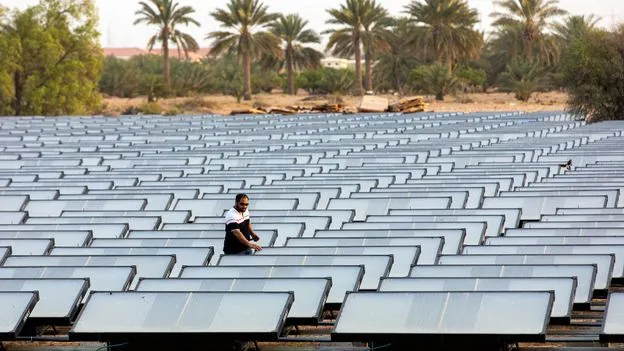Southern Nevada is in the grip of one of the worst droughts it has experienced in recorded history, leading to water shortages and restrictions on use. So, in water-stressed areas such as this, the prospect of wringing water from thin air is an appealing prospect. And it is exactly what Cody Friesen is trying to do.
Friesen, an associate professor of materials science at Arizona State University, has developed a solar-powered hydropanel that can absorb water vapour at high volumes when exposed to sunlight.
It is a modern-day twist on an approach been used for centuries to pull water from the atmosphere, such as using trees or nets to “catch” fog in Peru, a practice that dates back to the 1500s and is still being used today.



The ammount of energy to convert water vapor into liquid is very high, there have to be really hard getting fresh water by any other means for this system to be worth it in the long run.
If it is coastal, then it should have access to sea water, a reverse osmosis desalination plant will probably be more efficient and reliable in the long run.